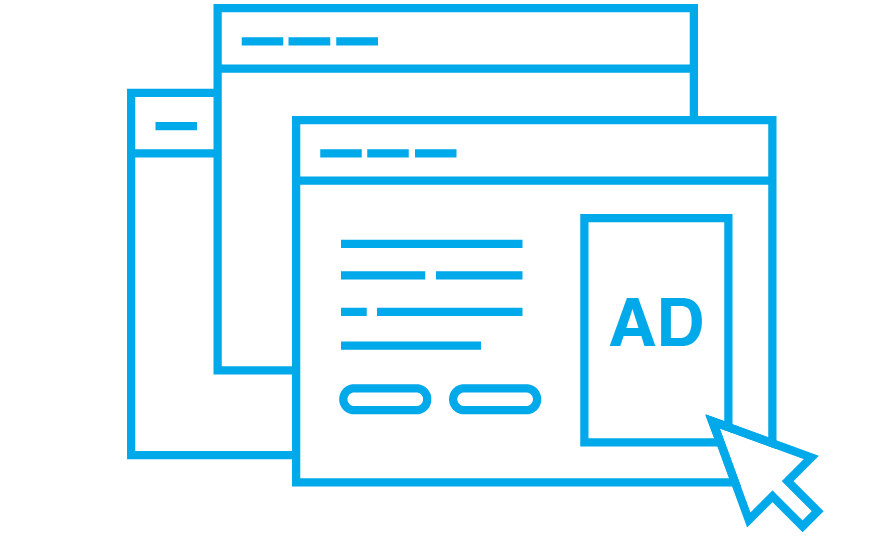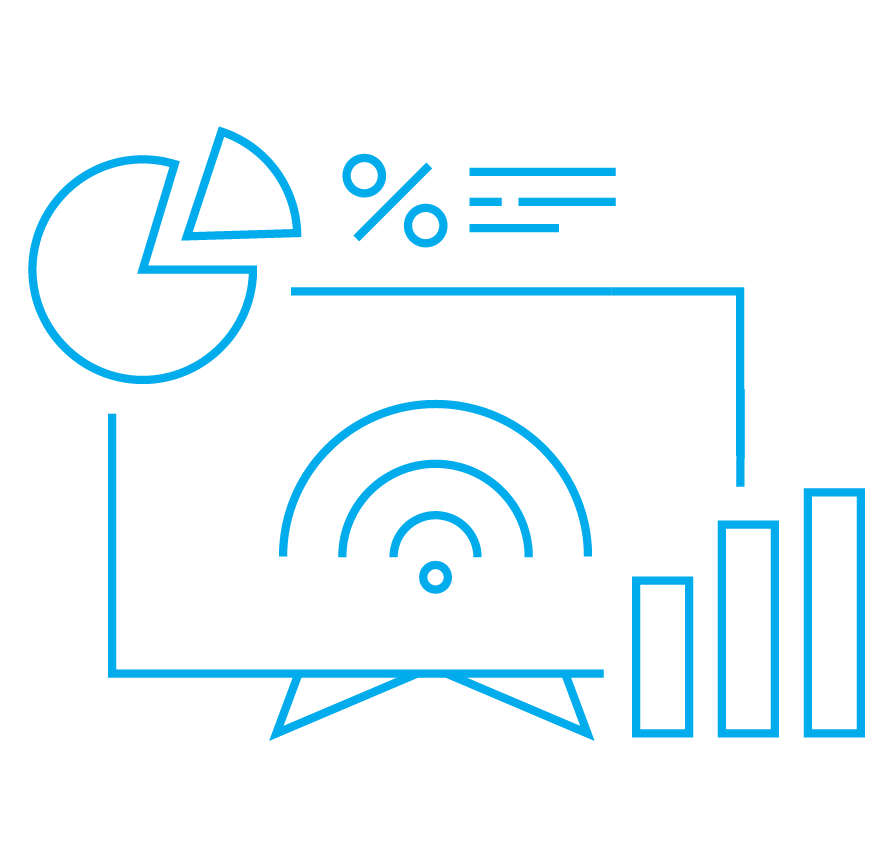- What is RTB marketing?
- How RTB works
- Publishers and advertisers in RTB environment
- What is RTB cost?
- Why to use RTB?
Real Time Bidding (RTB) is a relatively new feature on digital ad market but already took position of the leading online advertising method. It is is fully automatic and effective advertising model that works instantly after setting up campaign’s parameters.
What is RTB marketing?
RTB is a model of programmatic buying, that allows marketers to run automated online campaigns with predefined advertisement values, such as attributes of target audience: demography, interests or purchase intentions. In RTB model media are automatically purchased in an auction-based model, while the website is loading. The whole auction lasts about 100 ms and after that, ad is displayed to user with specific attributes.
In other words, RTB is a real time auction of advertising space on a web-page. As in any auction, all participants gather all together and declare their bids for particular ad space. It doesn’t really matter where exactly this space is situated, or what size it has. What really matters – is the actual content of the ad and actual user.
The process of displaying ads to the right internet user consists of five collaborated parties but what RTB does in the end – it shows your ad to the customer from your target audience. Read more about creating your target audience here.
How RTB works
The whole RTB mechanism connects publishers, advertisers, SSPs (Supply-Side Platform), DSPs (Display-Side Platform) and data providers. Each part of the mechanism is doing their job simultaneously, so the whole auction process takes less than a second.
In order to set all things up and have it working, publisher submits to SSP their web-page as a source for an advertisement. Page owner implements into the web-page a special pixel code, which helps to observe visitors’ behaviour and then to provide received information to data provider for further analytical actions.
What publishers can do in SSP:
- filter out (e.g., by advertiser) the ads, which will be shown on the page,
- set a low rate for the ad space to define the lowest cost of that place.
The main purpose of SSP for publishers is to sell the ad space with the highest rate, they can get. SSP gather a network of publishers and helps them increase their profit by selling ad inventory in automated model.
Publishers and advertisers in RTB environment
While publishers communicate through SSP platforms, advertisers make their bids to DSP platform. DSP stores user profiles and 3rd party data from data providers. Based on this information and declared bids from advertisers, when user comes into the page, DSP makes a decision, which includes the main points:
- what bid should be taken for particular user. The highest bid wins.
- what content the ad would have,
- how much it would cost for advertiser. Of course, the lower the better.
Therefore, publishers implement dedicated pixel into their website, so every time users visit the page, data provider gathers information about them – demographic data, current interests or buying intentions and send this all to DSP.
Meanwhile, DSP has prepared a bunch of advertisers, who are waiting for their ads to be viewed by the users. Advertisers make their bids per user – to be super precise in finding the best one for their campaign.
DSP launch embedded decision machine with all these user profiles and corresponding ads and choose the best pair. Once decision is made, SSP finds out about it instantly. SSP sends the ad code to publisher, code is posted inside the page and voila – the most appropriate ad is shown to the most adequate user, just in time. The whole process happens in a blink of an eye, automatically.
What is RTB cost?
Cost of RTB campaigns depends on the scale and websites on which the ad will be displayed. Marketers sets the maximum price per bid (e.g. 1$) and sets the maximum budget for the ad campaign.
There are 4 possible methods of cost calculation:
- CPM (Cost of 1000 views) – the cost that an advertiser pays for one thousand views or clicks of an advertisement.
- CPC (Cost Per Click) – also known as pay-per-click, it is an online advertising model in which an advertiser pays a publisher when the ad is clicked.
- CPL (Cost Per Lead) – digital advertising pricing model, in which for acquiring new contact to potential buyer (e.g. for filling the sing-up form).
- CPA (Cost Per Action) – also known as cost per conversion, is an online advertising pricing model where the advertiser pays for a specified action, such as click, sale of form sign up.
Why to use RTB?
RTB can help you reach a wide audience across various markets in short time. This effective model of programmatic advertising makes it possible to automatically buy ad space in chosen websites for the preferred price.
The main benefits of using RTB system are:
- RTB helps you to increase a brand awareness. People pay attention to good ad, so they are aware that certain brand exists on the market. It grows a possibility for future conversion.
- You gather data about your audience by using RTB system which allows you to perform retargeting campaigns targeted at potential clients.
- RTB optimizes your campaign by real time analytics of current user needs. Your ad is delivered right on time and to the right user.
- RTB is multi-compatible. Your ad can reach to your customer via desktop, mobile and tablet devices.
By using RTB system, you may spend more money for a single user but it is one of the most effective way to acquire new customers. Therefore, even if you invest a great budget, you can expect a great ROI, if the campaign is precisely targeted at the right audience.
To sum up, RTB gives many benefits for all parties, involved in the process. Publishers increase revenues by offering ad inventory and advertisers can reach a huge group of customers to increase their sales and boost campaigns effectiveness. Finally, users get not annoying ads – tailored to their interests and preferences.



